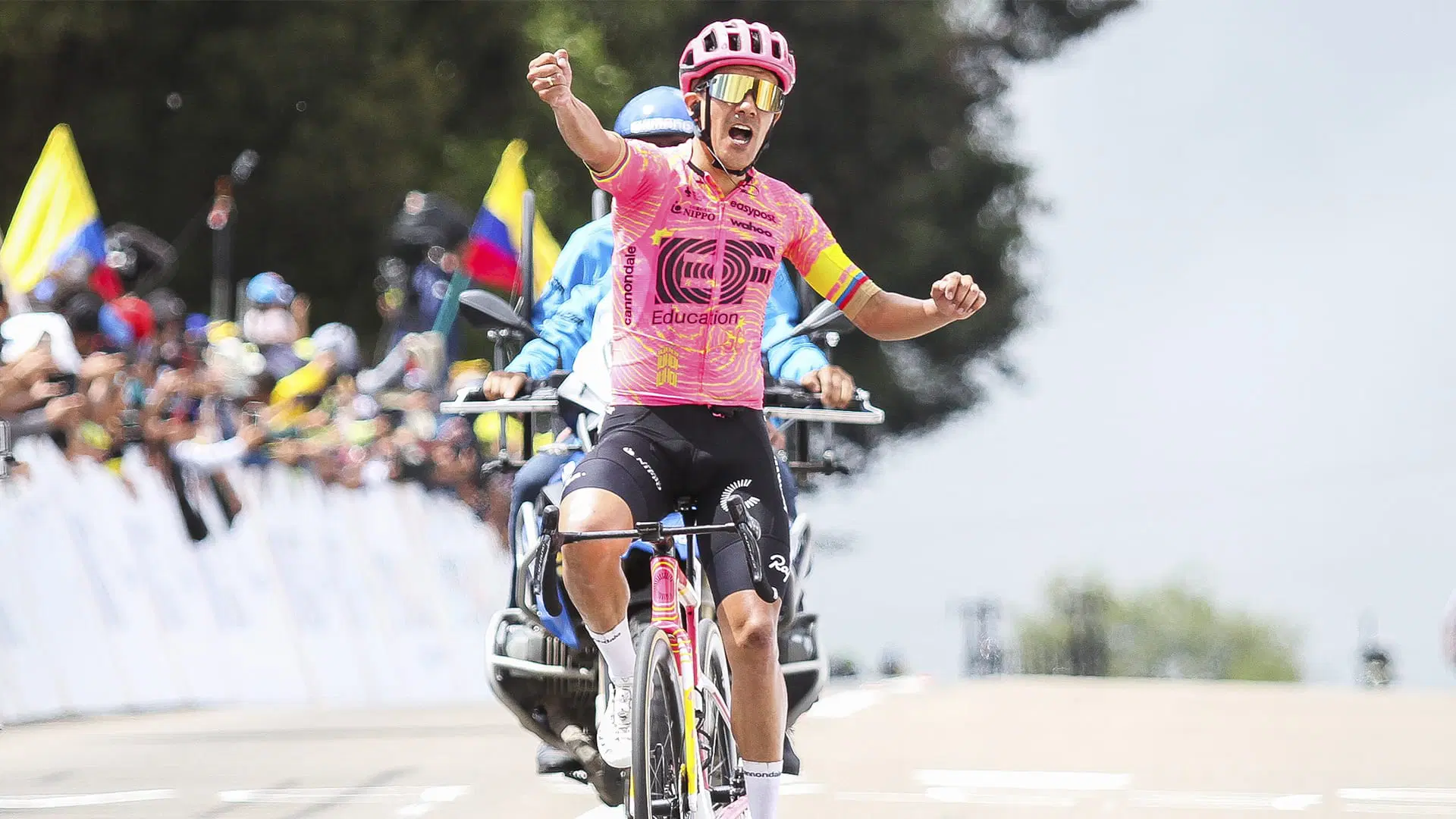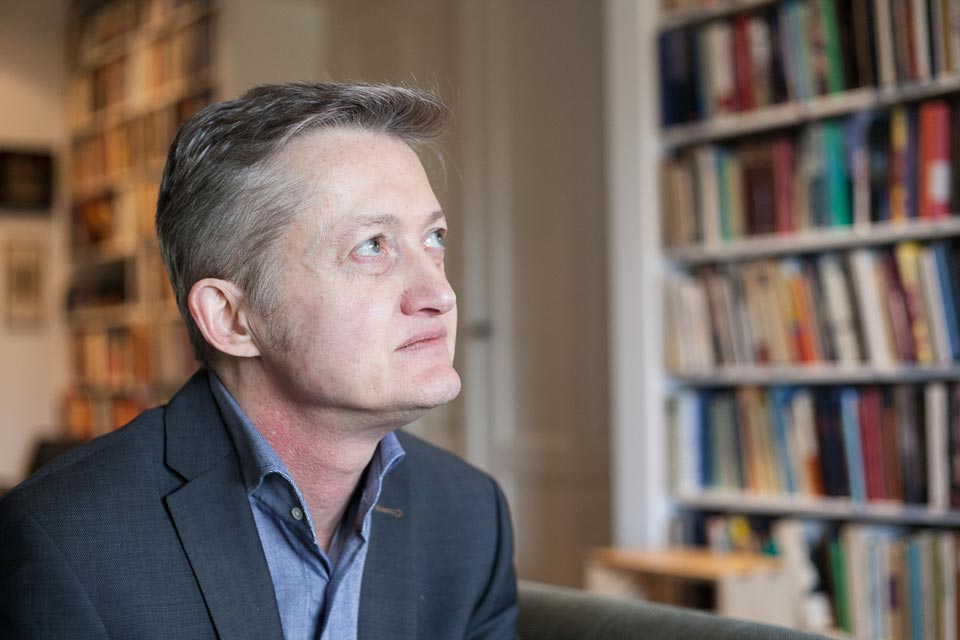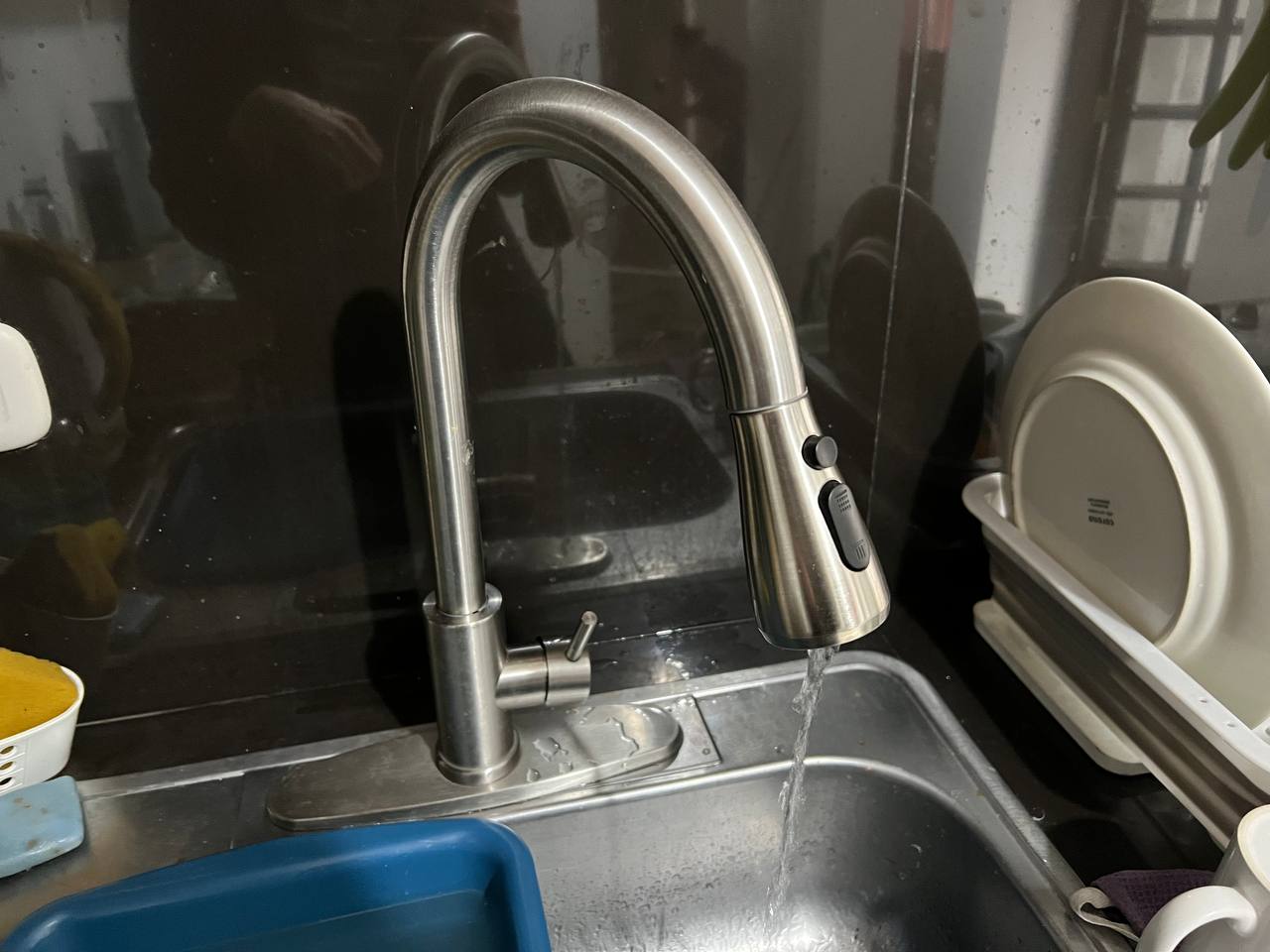A new exhibition at the Centro Cultural Gabriel García Márquez highlights the dangers of migration in the northwest of Colombia. We found out more from the artist and two young would-be migrants.
Edgar Álvarez, not the former Honduran football player, but the Colombian modelling clay figurines creator, might not directly ring a bell, but if I tell you he’s the Se lo explico con plastilina guy, then you may well know who he is. Last Wednesday, Álvarez met young Venezuelan migrants Leo and Steven, from the Indagando Ando Youtube channel at Centro Cultural Gabriel García Márquez to discuss Álvarez’s latest plastilina project, and to talk about the tortuous journey thousands of migrants set off in to reach the US in search of a better life, or of the American Dream.
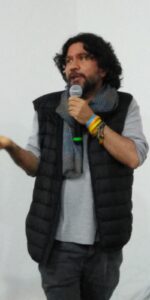
Gabriel García Márquez Cultural Centre will be hosting a modelling clay exhibition titled Refugees and Migrants in America until the end of the month. On Wednesday, Edgar Álvarez walked us through the importance of this exhibition presented in pictures of his figurines: migrants from a variety of nationalities passing through one of the most dangerous jungles in the world.
El Darién is the border between Colombia and Panama, the only part where the Panamerican Highway takes time out. Álvarez first got interested in this concerning issue after talking to Yineth, a Venezuelan migrant, who’s actually depicted together with her family in the photo opening the exhibit, taken a few years back.
Álvarez talks about the characters in his pictures, each one a depiction of real Ecuadorian, Venezuelan, Haitian, even Syrian or Nepalese, migrants who have decided to take this route via Panama. He ponders on how little we think about the difficulties entailed by the journey; we probably just think of it as a very long walk, but the reality is far from what any of us may imagine.
A gruelling journey
Pathways, if any, on El Darién are muddy, steep patches of land for which many people migrating are not prepared; there are the obvious coyotes lurking to take advantage of the travellers’ desperation as well as both people, and jungle animals ready to prey upon the naïve.
Many people have to leave their shoes buried in the mud; others pay unreasonably high fees to pass through a number of legal to illegal points; many parents leave their kids behind, and many families are left behind by the so-called guides; many migrants don´t think about getting fit for the journey and so many die due to heart attacks, or high blood pressure; many drown as they attempt to swim through El Río Bravo in the Mexican border; others are imprisoned, or robbed.
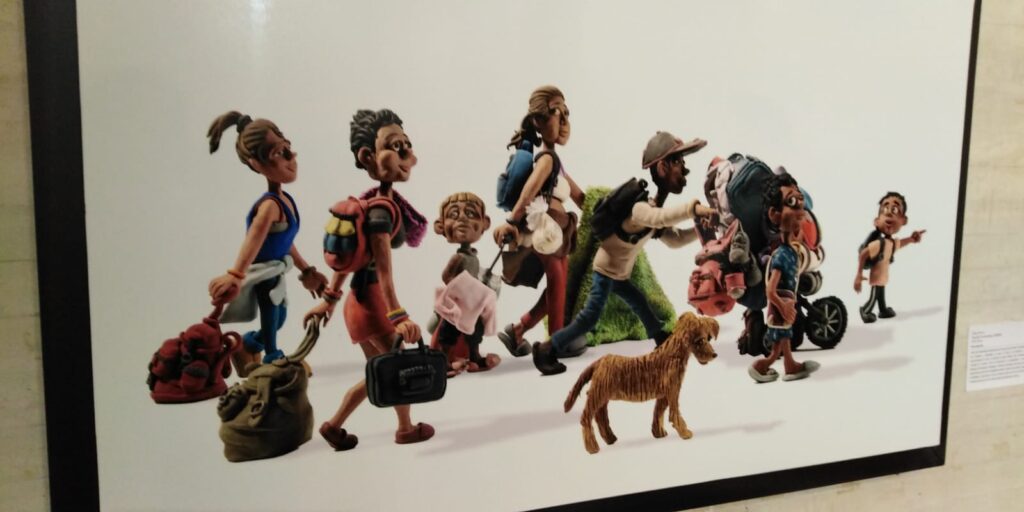
Such is the picture of the strenuous journey, so whatever image you have in your head of what this journey entails, it’s just a fake realization of whatever we may have seen in films or fleeting TV news notes on migration. Álvarez says migration is the perfect picture of all the world´s current problems: health issues, poverty, mental problems, and so his exhibition aims at offering a closer picture of the issue and increase awareness evidently.
We learn about the Río Bravo, and about El Tren de la Muerte (or La Bestia), a network of load trains transporting fuel and other supplies through Mexico, and a popular means of transportation first-time migrants and cyclic migrants alike take to come closer to the US border. Many have died when trying to jump in or out of the moving trains; many have been caught by authorities and been imprisoned or deported to their countries of origin.
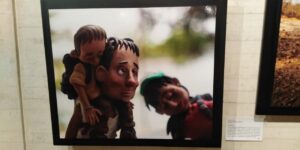
We were led by Álvarez picture through picture, each one with a sadder story than the previous one; there are also plaques explaining a number or interesting, but equally sad facts, about migration, amongst them, the number of children who’ve crossed the border so far this year (40,000), people from countries as far as India or more neighboring countries like Haiti (4,094 Indians crossed our borders in 2022 alone, 32,939 Haitians in the first six months of the current year). To maintain the cinematographic essence of the exhibition, it is accompanied by sombre music to imbue yourself into the experience.
Migrant voices
Then we were led into one of the rooms of the cultural centre to hear the account of the journey in first-person by Leo and Steven, the influencers behind the YouTube channel Indagando Ando, something roughly translated as Wandering Wondering. These two young Venezuelans migrated to Colombia and about a year ago made the decision to head for the US via the Darien gap. They’ve opened this YouTube Channel as a way to keep others making the decision to emigrate informed.
Steven makes it very clear in one of their explanatory videos on the channel that their intention is not to encourage people to migrate, let alone to face a harsh journey just because; rather, after actually doing the journey and experiencing most dangers first-hand, they want to take the role of mythbusters so-to-speak, and to help others prepare for the trip, and basically not to believe every story out there.
“Your cousin might say they just had to go through two check points, and not pay a single dime; your neighbour might say the trip is impossible to make,” says Steven in one of his videos. They want to make people aware of the dangers they will face, but also of any opportunities and alternative routes.
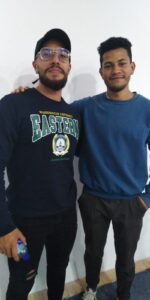
For almost a two-hour session, Leo and Steve answered Álvarez´s questions, told us about their fears, and tricks their minds played on them while travelling, also of how important it is to prepare physically, but mostly mentally, for the journey. They told us the very detailed story of how they almost died drowning when swimming across el Río Bravo, of how they were robbed of their documents and money in Mexico, and how they had to spend a week in fear of being caught by the authorities closer to el Río Bravo before they could finally cross it.
By the way, it is called the Río Bravo because of its treacherous nature; the river is so treacherous, it literally swallows you; Steve – a trained waterpolo player back in his native Venezuela – had to return to save Leo from the waters; as Leo was closer to the Mexican border, they both had to go back to the Mexican bank of the river. They put themselves together after crying and regaining strength and could finally cross it. Plot twist: because Chapter 42 was being enforced at that time, they only spent a few days at a sorting centre in the US and were deported via Guatemala.
Do they regret doing the journey? No. Will they do it again? Yes; surprisingly, and in spite of all the dangers they know and faced, they are planning to embark on “the adventure”, in Steven´s own words, in two to three months. When asked about the reason, he says, to him, it is also a matter of self- pride, of proving himself he’s prepared to face the challenge and finally make it to the US.
Álvarez is working on a new project with clay models titled Darién: dreams of mud; all support is welcomed for the production of the animated film via Paypal through [email protected] or via Nequi or Daviplata on the number 305 4299 706. Leo and Steven are preparing for their next adventure, and they are also happy to help any future migrants with information and tips; you can follow them on Youtube via the channel @indagandoando679
Refugiados y Migrantes en América by Edgar Álvarez,
3rd-30th August 9am-6pm (10.30am-5pm Sundays)
Centro Cultural Gabriel García Márquez, Calle 11 #5-60, free

